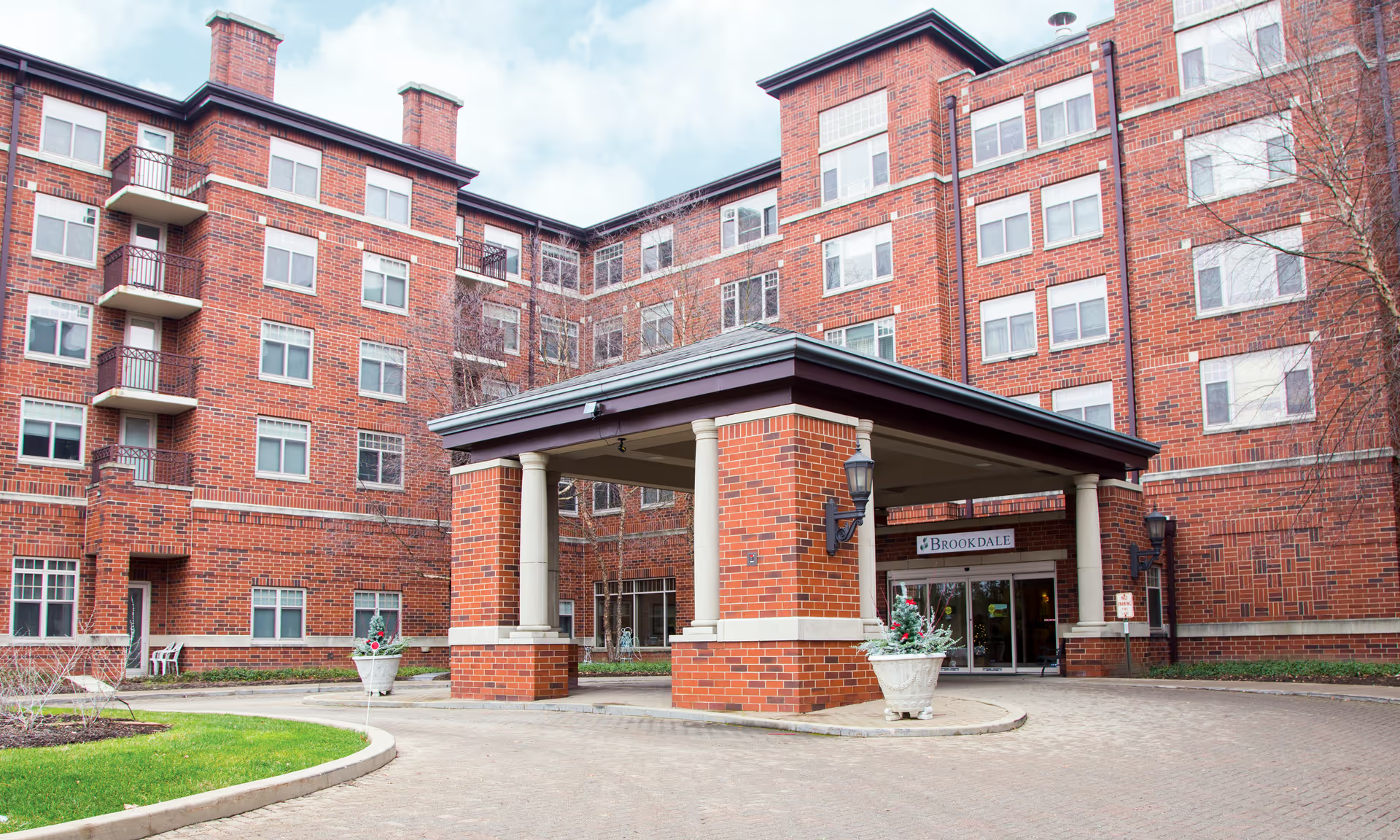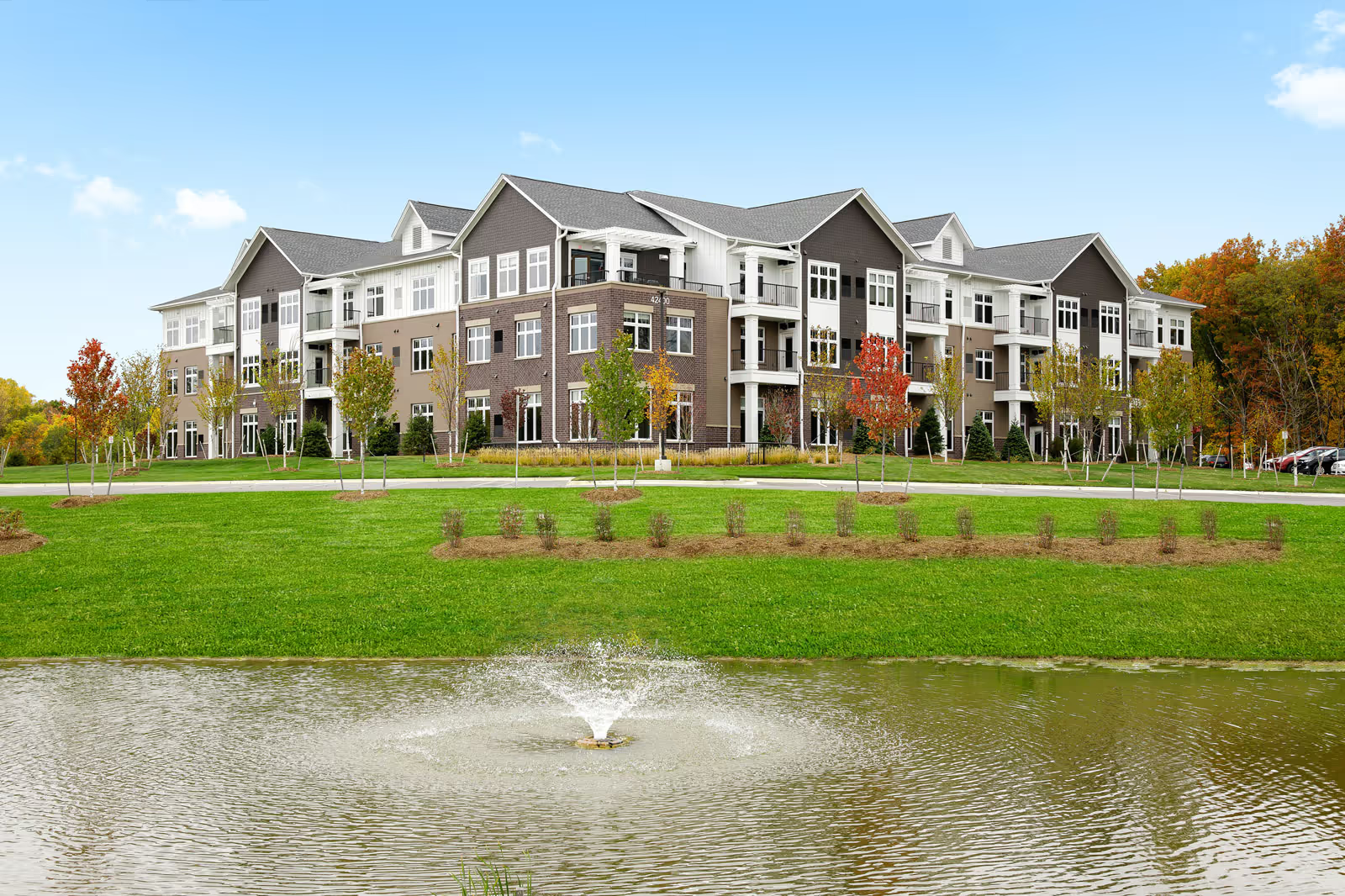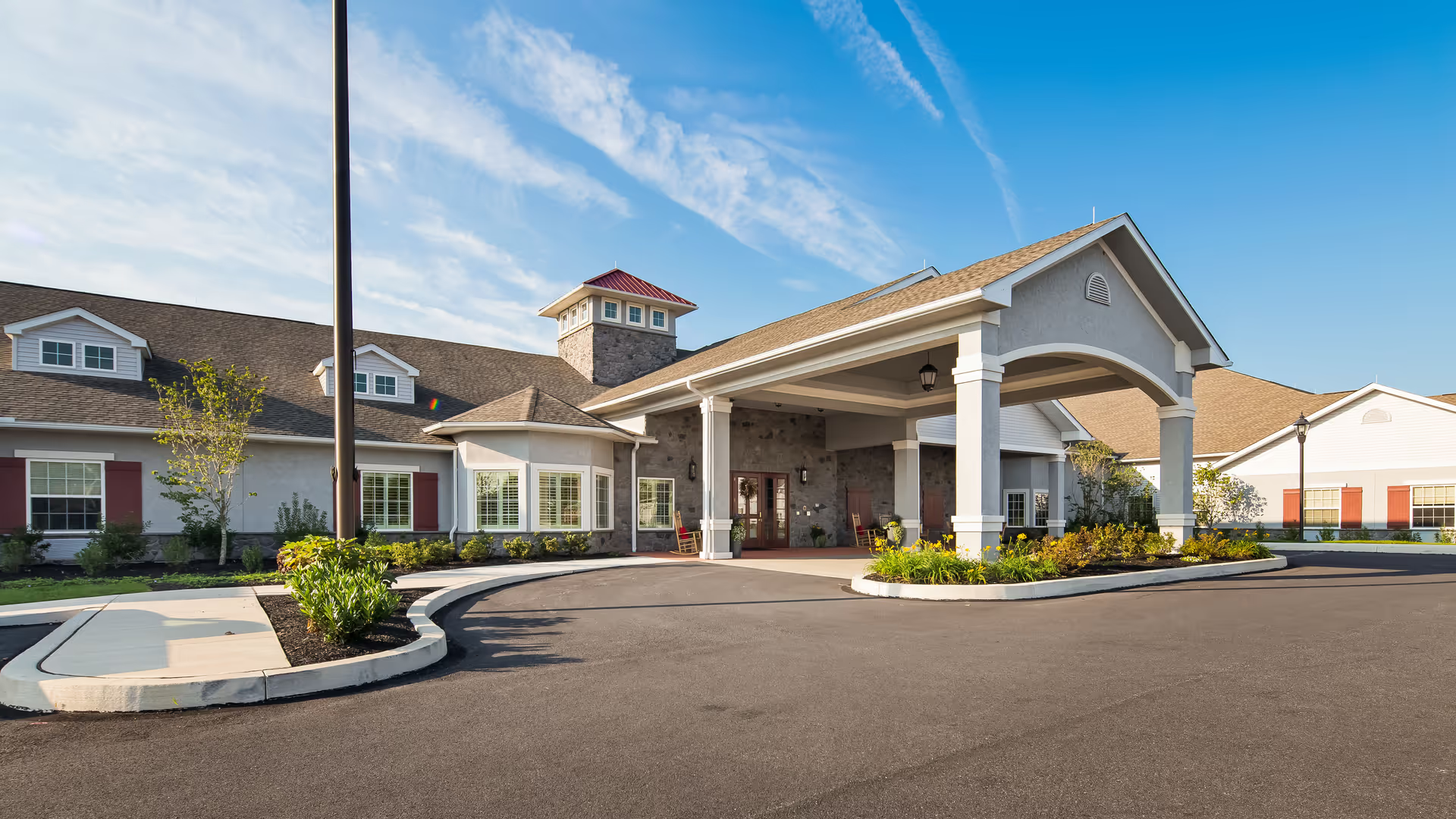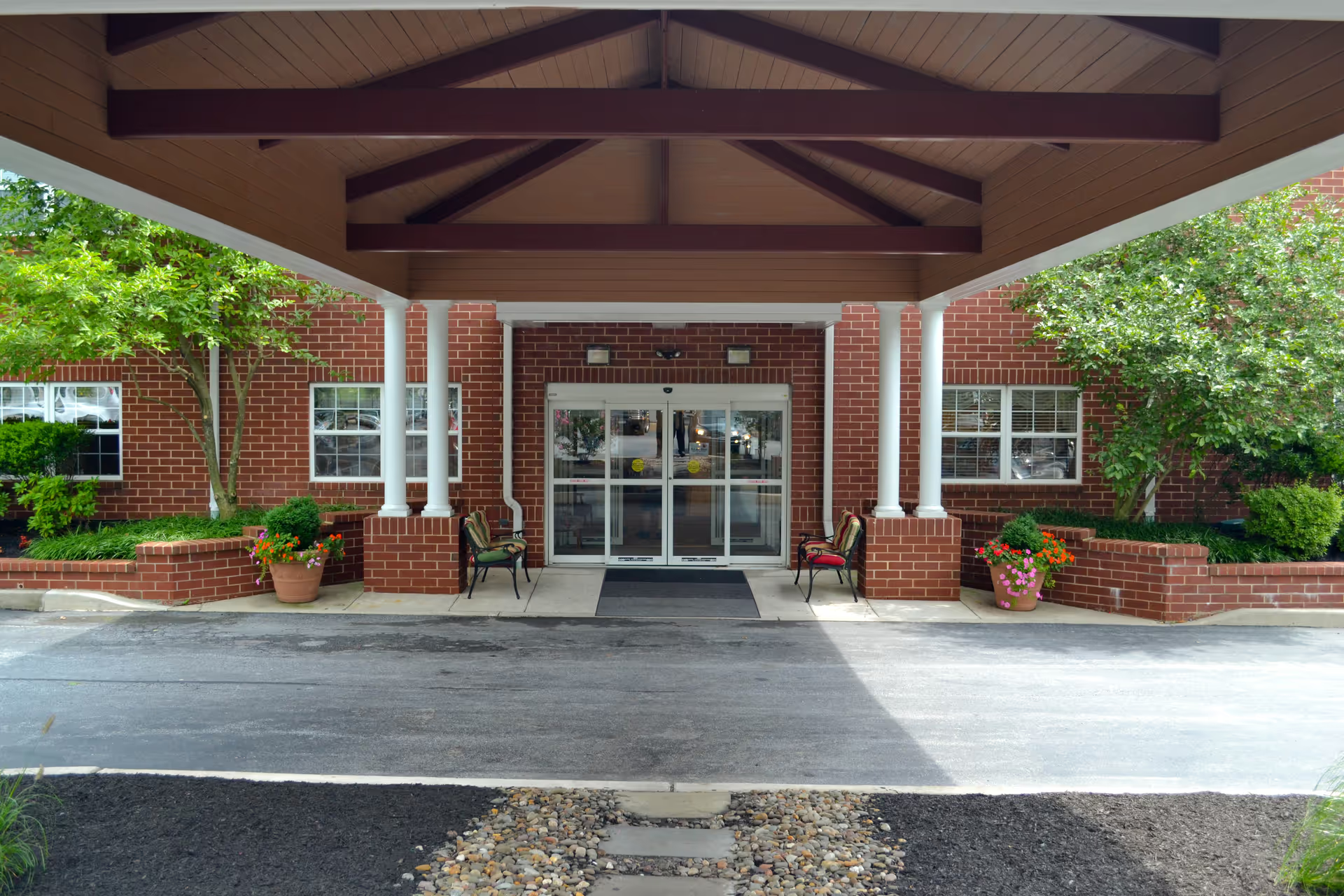The reviews of Canfield Healthcare Center present a deeply polarized picture, with many accounts describing compassionate, skilled care and meaningful rehabilitation experiences while a substantial number of reports describe severe neglect, unsafe conditions, and unprofessional management. Positive comments cluster around individual staff members and therapy services: physical and occupational therapy are repeatedly praised, several reviewers credit the staff with successful hospital-to-home transitions, and therapy dog visits and organized events received warm recognition. Multiple reviewers described a family-like atmosphere, staff who go above and beyond, named employees who stood out (for example Kim, Tiffany, and Robin), and improvements in housekeeping and administration that created a more welcoming environment with fresh-baked cookies and a cleaner smell.
Conversely, a large volume of reviews recount very serious deficiencies. Themes include lapses in basic nursing care (slow medication delivery, lack of turning leading to bedsores, residents left in soiled diapers, and long periods without bathroom assistance), missing or delayed equipment (wrong wheelchair sizes, lack of bed extensions, and absent respiratory equipment such as bipap), and inadequate supplies (pillow, blanket, clean linens). Reviews describe alarming environmental problems: multiple residents sharing a single bathroom with frequent clogs, pervasive urine and feces odors, and even reports of decomposition smell. Several reviewers reported rooms and beds not being cleaned or made, and overall building conditions described as deplorable. Some reports allege humiliation or abusive treatment of residents and cite severe outcomes including sepsis, ER visits, and at least one reported death attributed to deficient care.
Staffing and professionalism emerge as a major source of inconsistency. Many reviewers praise staff as friendly, caring, and attentive, reporting staff who proactively check in and build relationships with residents. Others, however, describe incompetent, rude, or unprofessional nurses and an admissions coordinator or administrator who behaved confrontationally or inappropriately (including allegations of slurred speech and nodding off). This variation extends to service areas such as dining and activities: some reviewers celebrated phenomenal food and plentiful activities, while others reported horrible food, trays being returned, no activities, no coffee room, and almost no outside area. The polarity suggests that care and services vary dramatically by unit, time period, or staffing shift.
Multiple reviewers explicitly note improvement after management changes. Comments credit new leadership, a proactive housekeeping manager, and a refreshed administrator with making the facility cleaner, reducing odors, and improving staff attitudes and communication. Positive accounts often mention these improvements alongside tangible signs like parking lot resurfacing, active housekeeping, and a more welcoming admissions experience. Nonetheless, many negative reviews appear to describe historical or possibly ongoing problems; several warn that the facility could be at risk of state scrutiny or shutdown. The coexistence of glowing and damning accounts suggests the facility may be in transition or suffering from inconsistent implementation of standards across different units and shifts.
Safety and transparency are recurring concerns. Families reported poor communication about equipment shortages and clinical needs (for example, lack of bipap or delayed delivery of essential devices), misinformation during admissions, and confrontational or dishonest behavior from some staff. Several reviewers removed loved ones from the facility or advised others not to place their family members there, citing neglect and risk. By contrast, other reviewers praise discharge planning, social services, and nurses who coordinated diabetes equipment and other aftercare successfully. This mixed pattern highlights the importance of confirming current practices and outcomes directly rather than relying on a single review.
In summary, Canfield Healthcare Center's reviews paint a facility with pronounced variability: strong, compassionate care and high-quality rehabilitation exist alongside credible reports of neglect, environmental hazards, and leadership or staffing problems. The most frequently cited strengths are caring staff, effective therapy programs, and recent improvements under new management. The most serious and common concerns are neglectful nursing care, sanitation and odor issues, equipment shortages or delays, communication failures, and reports of patient harm. For prospective residents and families, the reviews recommend in-person visits, direct questions about current leadership, staffing ratios, infection-control practices, recent state inspection results, availability of needed equipment, a review of care plans and turning schedules, and speaking with current families and staff to verify whether the positive improvements are sustained throughout the facility and across shifts.







